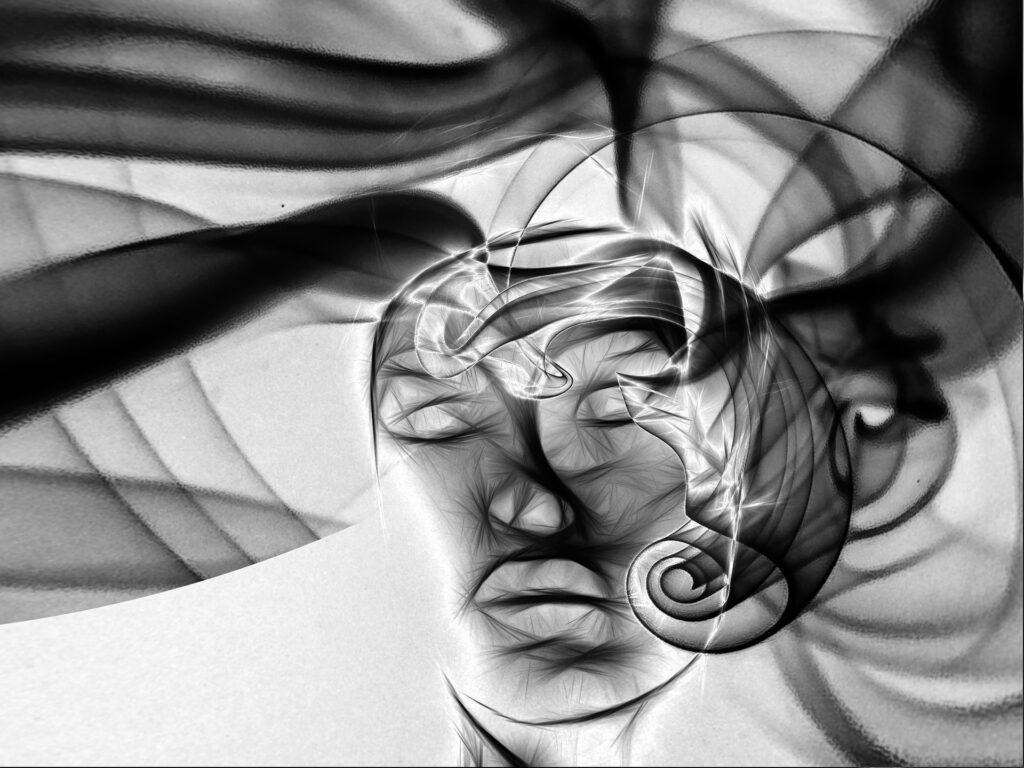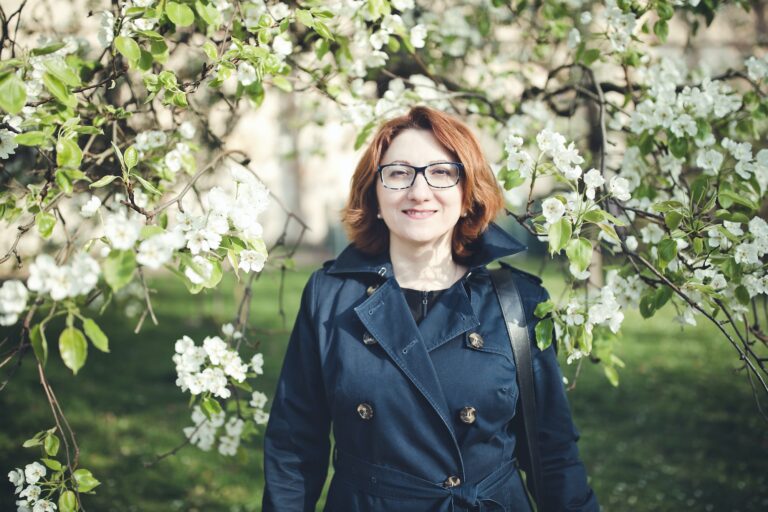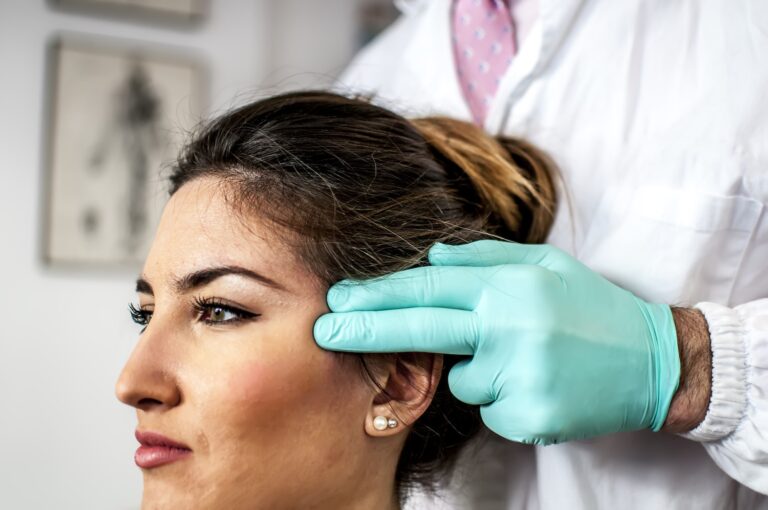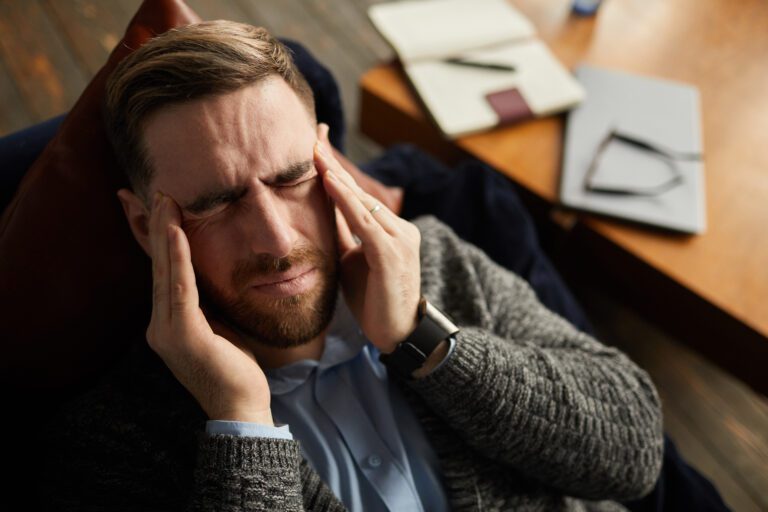MIGRAINE
Almost everyone has felt at least once in their life a headache - a headache as it is called medically - and they know how annoying it is. For most people, taking a simple pain reliever is enough to "get rid" of the headache. However, there is a fairly large percentage of our fellow human beings who suffer from either very intense or frequent headaches or both. From research it is known that over 20% of the general population and perhaps over a third of all women suffer from chronic headaches that require special treatment. The most important forms of such a headache are migraine and tension-type headache. Large surveys from England and Denmark show that 14-15% of the general population are absent from work within a year due to these headaches. In the US, 10 million visits a year are made to the doctor due to headache.
However, relatively few patients receive proper treatment for their pain. Those (mainly women) who suffer from migraine are the most wrongly treated and the most dissatisfied patients. For this reason they may resort to "alternative forms of treatment" that promise miracles, are unscientifically substantiated and potentially dangerous. It is estimated that about half of migraine patients
they will get frustrated with the wrong treatments and give up and not seek a scientifically proven cure they will just fatalistically endure their migraines by swallowing painkillers by the handful.
On the other hand, the correct treatment of headache first requires its correct classification - something not easy even for experienced neurologists. The latest international classification is from 2018 and is a whole book with several headache categories and subcategories.
It is essential for the doctor to clarify whether it is a primary (e.g. migraine, tension-type headache) or a secondary headache (e.g. from an infection). He will then decide on the appropriate treatment (e.g. symptomatic or preventive). Listed below are the main categories of primary headaches. Migraine is a common form of headache. Many epidemiological studies have shown the huge negative impact (burden) of the condition on the individual, on his family and his social life as well as on the health system.
Migraine can be with or without aura (usually). The aura is usually in the patient's field of vision and precedes the severe pain. It lasts a few minutes usually up to an hour and may also have numbness in the hands or feet. Migraine pain is located in one half of the skull, is very intense and throbbing or pounding like a hammer. The patient usually avoids light and noises and has nausea and vomiting which may relieve her. It lasts, without treatment, from 4 hours to 3 days. It is usually associated with a woman's period, with weather changes, with certain foods.
There is no cure for Migraine, BUT proper treatment can reduce both the frequency and intensity of the pain, prevent
from vascular events and greatly improve the patient's quality of life. A recent large study showed that especially women with migraines have an increased chance of myocardial infarctions or strokes. However, the percentage in general for young women is very low and there is no reason to panic, these women should simply receive specialized treatment for their migraine.
TENSION HEADACHE
It is also a very common form of headache (possibly more common than migraine). The episodic form of this headache can last up to a week and the pain is usually all over the skull, mainly in the forehead with a sensation when the eyes "get heavy" as well. The pain feels more like a weight or "tightness" like a ring, is not as intense as in migraines and can start in the neck. There is usually no nausea or vomiting and the light is not particularly bothersome. Usually the patients are quite anxious people. It is a headache that, although frequent, is "neglected". There is both symptomatic and preventive medication for tension headache, as well as various ways to "relax" the tension such as e.g. Cluster headache. It is a fairly rare form of primary headache, but very painful. It is slightly more common in men and is a headache that seems to come at the same time every day. It lasts 15 minutes to 3 hours, it is very intense on one half of the face, around the eye, which tears and reddens, as well as stuffiness on the opposite side and the nostril. The patient usually has several such episodes per day (2 to 3 to 8 per day). The patient is very restless and moves around the room.
And in this difficult and painful headache there is medication for the periods of time (1-2 months usually) that occurs.
HEADACHE MEDICINE
For all the reasons we mentioned (difficulty in distinguishing headache, special treatment for severe forms, rare or dangerous
headaches) have been formed around the world in hospitals or private headache clinics that deal with scientifically based treatment of these patients. They are staffed by neurologists who have dealt with headaches, have written articles in scientific journals on the issue and attend or speak at domestic and international conferences that are held regularly and are trained in domestic or international seminars on headaches or new treatments such as infusion onabotulinum toxin (the well-known Botox in facial muscles to treat chronic migraine.

















